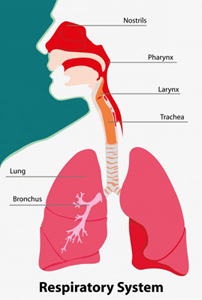
Respiratory infections are the leading cause of use of general practice services in Australia and in many other countries. Acute respiratory infections are amongst the leading causes of morbidity and mortality in children in low-income settings. They are often managed sub-optimally and are a leading cause of the overuse of antibiotics, suggesting deficiencies in the application of research data to inform clinical decisions.
